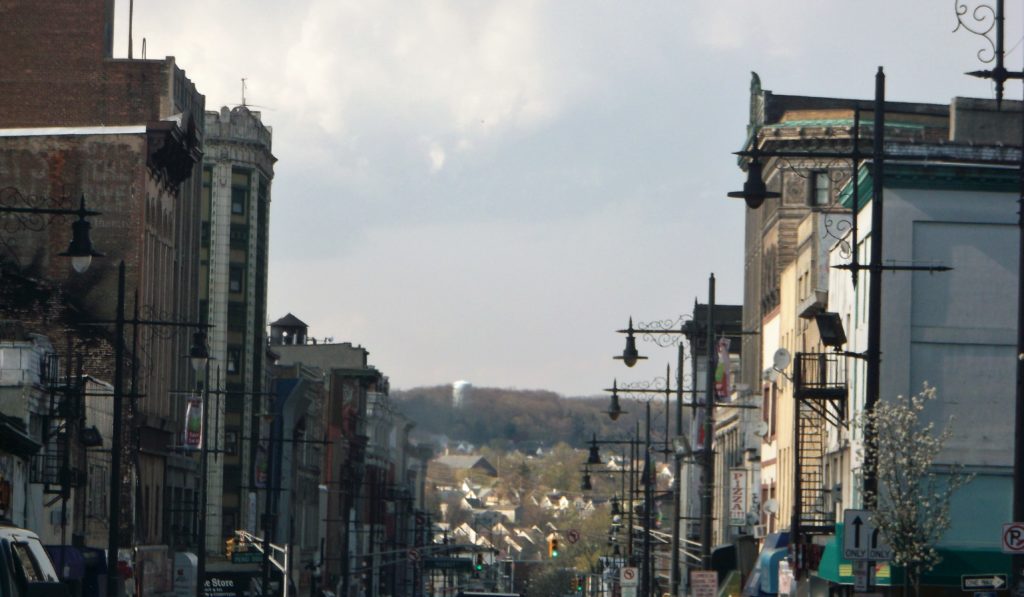2023 NJ Political Landscape: Balkanized

In order to assess possible outcomes as we approach Election Day in New Jersey, it is necessary for political pundits to undertake two measures: 1) assess the political demographics of the state; and 2) analyze the issue context. Then, he or she should attempt to interrelate the results of each.
Before performing these tasks, the pundit should first review the history of New Jersey political development. The indispensable text for such a review is the landmark book, New Jersey Politics and Government, The Suburbs Come of Age, authored by the ultimate political science academic couple, Barbara G. Salmore and the late Stephen A. Salmore. The book was first published in 1993, and its fourth and latest edition appeared in 2013.
The Salmore book emphasized how at one time New Jersey politics was dominated by the “Big Six” cities of Camden, Trenton, Elizabeth, Paterson, Jersey City, and Newark. In the second half of the 20th Century, the suburbs gained in power, wealth, and population, enabling them to becoming a countervailing power to the previously all-powerful “Big Six.”
The Salmore analysis is fully correct, and I would only add to that one note. There has been a further Balkanization in New Jersey politics, resulting in each of the 21 New Jersey counties falling into one of four categories: Urban, Suburban, Exurban, and Hybrids.
There is only one county falling into the Urban classification: Hudson. Not only does Hudson have a “Big Six” city (Jersey City); most of the other communities in Hudson (e.g., Union City, West New York, North Bergen) are largely urban in character. Hudson County truly is sui generis.
Seven counties fall into the Suburban category: Mercer, Middlesex, Union, Passaic, Essex, Camden, and Bergen. To fall under the Suburban classification, a county must meet the following two prerequisites: 1) be nonrural; and 2) either contain a Big Six community or be in close proximity to one.
Eight counties are indisputably Exurban: Atlantic, Cape May, Cumberland, Salem, Ocean, Hunterdon, Sussex, and Warren. To fall under the Exurban classification, a county must be both rural and not in close proximity to any Big Six municipality. All eight of these counties are among the top ten most rural in New Jersey.
Five counties are Hybrids. To be a Hybrid, a county must be either 1) rural, but in close proximity to a Big Six municipality (Gloucester and Burlington); or 2) nonrural, but not in close proximity to a Big Six municipality (Morris, Somerset, and Monmouth).
There are interesting political ramifications to my model. In the 2021 gubernatorial race, the Urban county of Hudson and all seven Suburban counties were carried by Democrat Phil Murphy. The eight Exurban counties were all carried by Republican Jack Ciattarelli. The Hybrids were up for grabs: Murphy carrying Somerset and Burlington, and Ciattarelli carrying Monmouth, Morris, and Gloucester.
This demographic model, together with the issue context will be the major basis for any predictions I may make as to legislative races.
Alan J. Steinberg of Highland Park served as regional administrator of Region 2 EPA during the administration of former President George W. Bush and as executive director of the New Jersey Meadowlands Commission.











Wrong! After New Jersey Democrats started using the computer electronic voting machines, Democrats have won every election by 3-5 points every cycle for the past 20-25 years. That is NO coincidence. Before that Republicans and Democrats pretty much alternated the power in this State. Especially the Governorships. We had Florio, McGreevey, Cody and Corzine, then RINO Christie with a Democrat Legislature, and now we have Phil Murphy, a Massachusetts resident and NJ Carpetbagger (and Obama appointee). That’s 20 years of Democrat rule in the Governor’s office; not to mention Democrat rule in the Legislature.
This is not possible without cheating going on. Every state and county that have used the computer electronic voting systems has gone in favor of one political party–Democrats (Socialists).